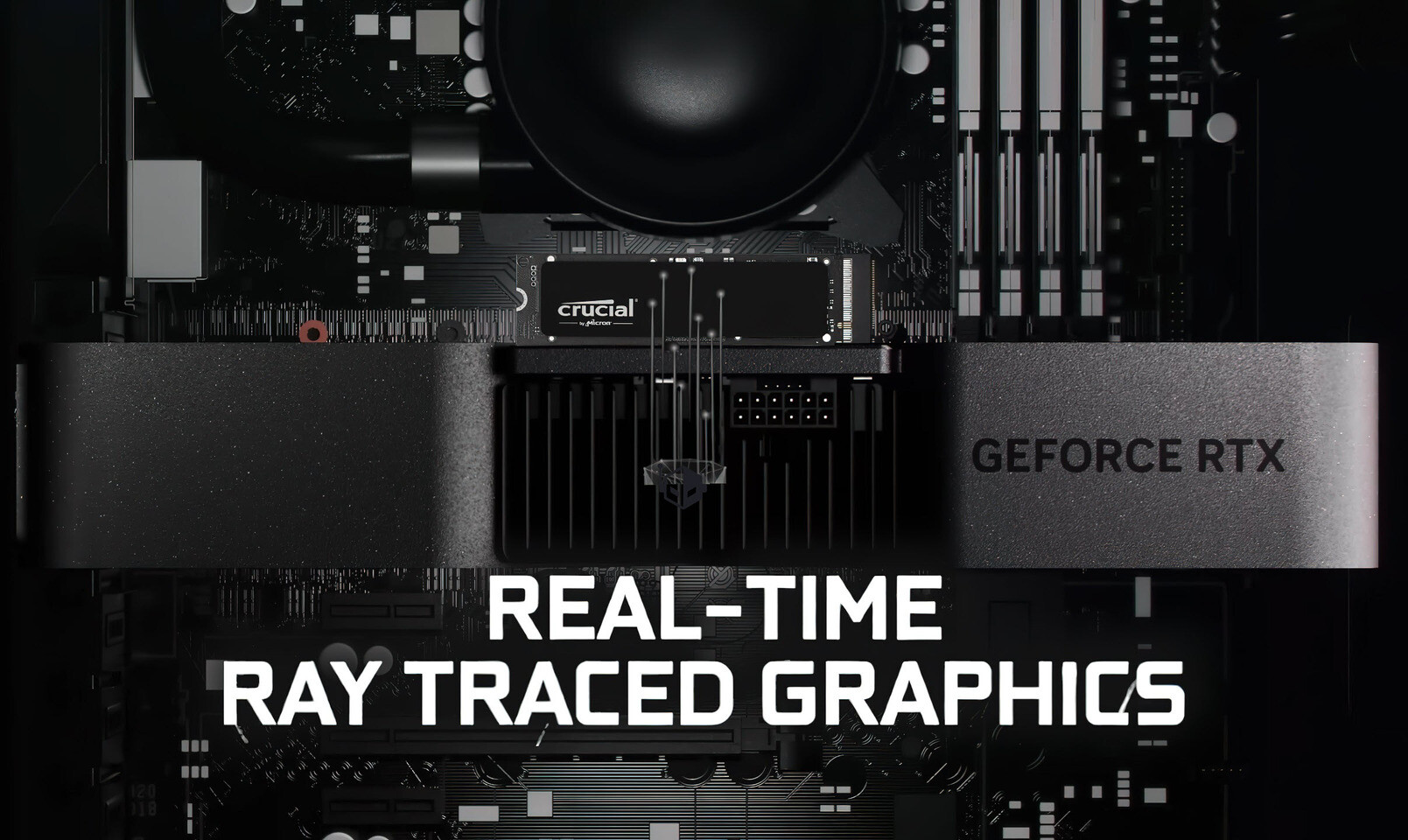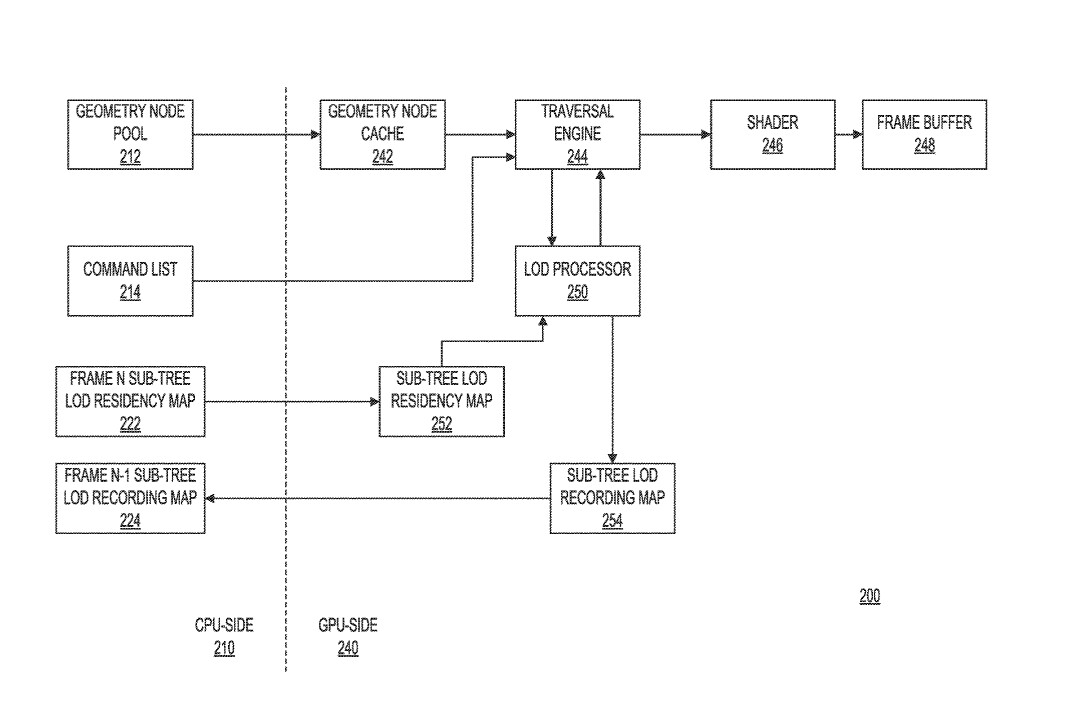
Microsoft Patents Resource-Based Ray Tracing, Promises Less Strain on GPU VRAM
Microsoft has filed for a new and even potentially groundbreaking patent that could transform the way ray tracing graphics are processed, especially when video memory (VRAM) is scarce. The patent proposes a technique to minimize the memory footprint of ray tracing graphics, tackling the...
Microsoft has filed for a new and even potentially groundbreaking patent that could transform the way ray tracing graphics are processed, especially when video memory (VRAM) is scarce. The patent proposes a technique to minimize the memory footprint of ray tracing graphics, tackling the escalating concerns about the growing memory demands for ray tracing and path tracing. The innovation outlined in Microsoft's patent employs a dynamic level of detail (LOD) approach to adaptively modify the quality of ray tracing effects based on accessible resources. The patent portrays the ray tracing pipeline as an acceleration structure that can be streamlined using this LOD system. The cornerstone of this optimization is a residency map that aligns with a bounding volume hierarchy of objects. The graphics processing system can then utilize this map to ascertain the suitable quality level for objects at any given moment. This methodology enables a more reasonable allocation of resources, guaranteeing that the most crucial objects receive the highest quality rendering. At the same time, less important elements can be rendered at lower quality to conserve memory.
Microsoft's patent could have far-reaching ramifications for the design and performance of upcoming GPUs. By implementing this novel LOD system, GPUs with more modest VRAM capacities, such as those with 8 GB, could provide ray tracing performance on par with higher-end models boasting larger memory buffers, given enough compute capacity. This advancement could pave the way for more budget-friendly GPUs that still deliver adequate ray tracing capabilities, making the technology more accessible. Moreover, the adaptive nature of the LOD system could contribute to a more reliable performance across diverse scenarios, as the GPU would be capable of adjusting to the available resources in real time. Microsoft's patent could emerge as a game-changer in the realm of GPU design and performance, and we are now waiting to see if any real-world implementations appear.


